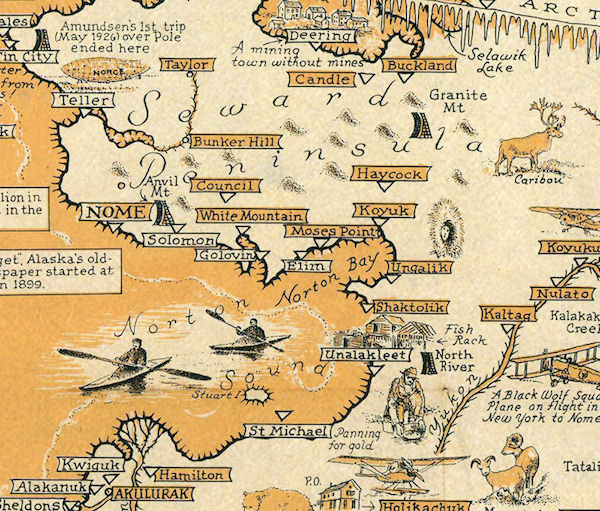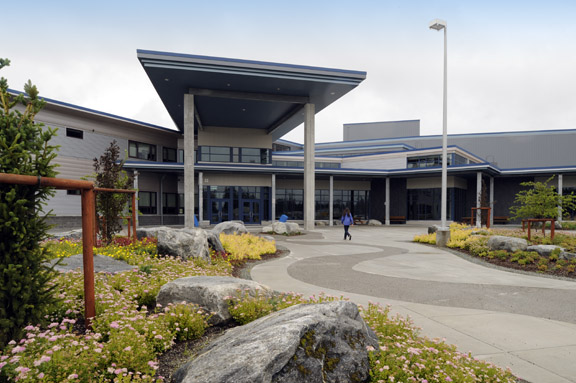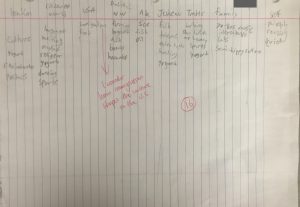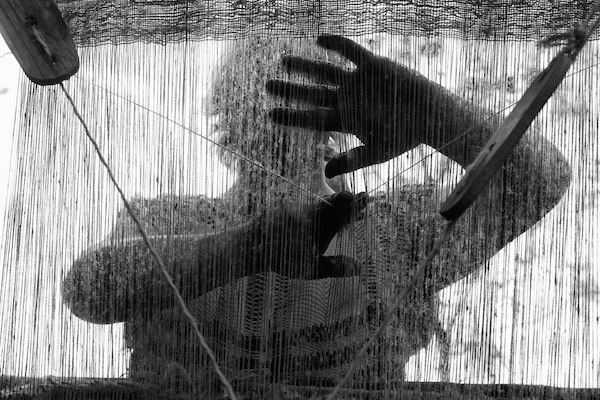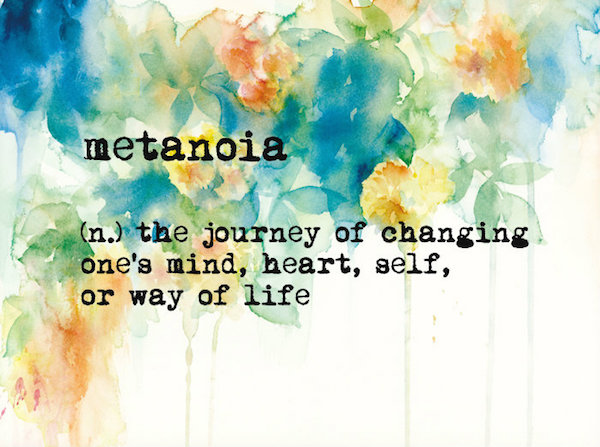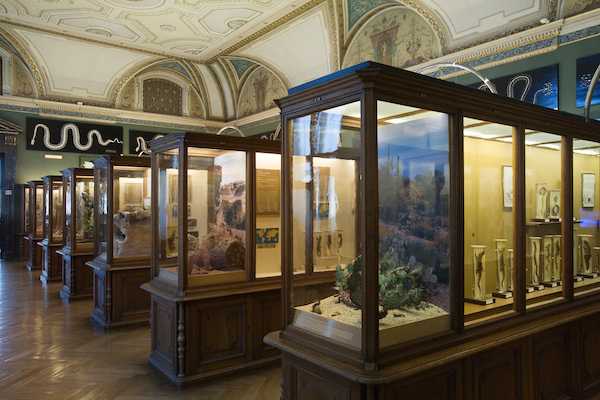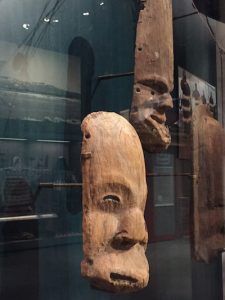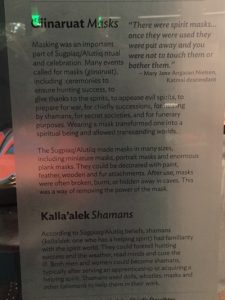Alaska Reading Standards for Literacy in History/Social Studies:
https://education.alaska.gov/akstandards/ela/akstandards_literacy_080212.pdf
Alaska State Standards for History Performance & GLEs:
https://education.alaska.gov/akstandards/standards/History_Performance&GLEs.pdf
Alaska State Standards for History Content:
https://education.alaska.gov/akstandards/standards/History.pdf
A: A student should understand that history is a record of human experiences that links the past to the present and the future.
B: A student should understand historical themes through factual knowledge of time, places, ideas, institutions, cultures, people, and events.
C: A student should develop the skills and processes of historical inquiry.
D: A student should be able to integrate historical knowledge with historical skill to effectively participate as a citizen and as a lifelong learner.
Reflection:
A focus that my host teacher and I have in our Social Studies lesson planning, is introducing students to the idea that our culture shapes who we are and affects how we perceive the world and how others perceive us. This idea connects to the Alaska History Content Standard A: A student should understand that history is a record of human experiences that links the past to the present and the future, by showing students that their stories are also part of Alaska’s history (and not just the content in the textbooks). Particularly in the class, Alaska History, students are often asked to analyze and reflect upon their own culture, in order to become open-minded to understanding the development of other cultures, such as the Alaska Native tribes.
Such lessons included:
1. Making a table that responds to the essential question of: How does physical geography influence cultural development?
In this lesson, students are asked to write the distinct cultural features of their school, Juneau, Alaska, USA, etc… and see how the cultural features of our locality may differ from that of other places.
2. Sharing cultural objects. In this lesson, students are asked to bring in an object of personal/cultural significance. The class is expected to walk “gallery-style” and write their guesses, questions, or comments on a piece of paper corresponding to each object. Then, each student shares their object, and responds to some of the comments on the paper. This lesson shows how outsiders may perceive your own culture, and see how there may be similarities and differences in perceptions about cultural items.
When studying Alaska Native cultures, it is important for students to think about the context of the source (museum, first-person narrative, websites, etc…) and see how different sources may interpret a culture in different ways (this can range from personal biases to stereotyping) and lastly, come to think critically about the value of learning/analyzing cultures in multiple ways. This type of varied instruction allows teachers to show the holistic and non-biased views of approaching cultural interpretation.
